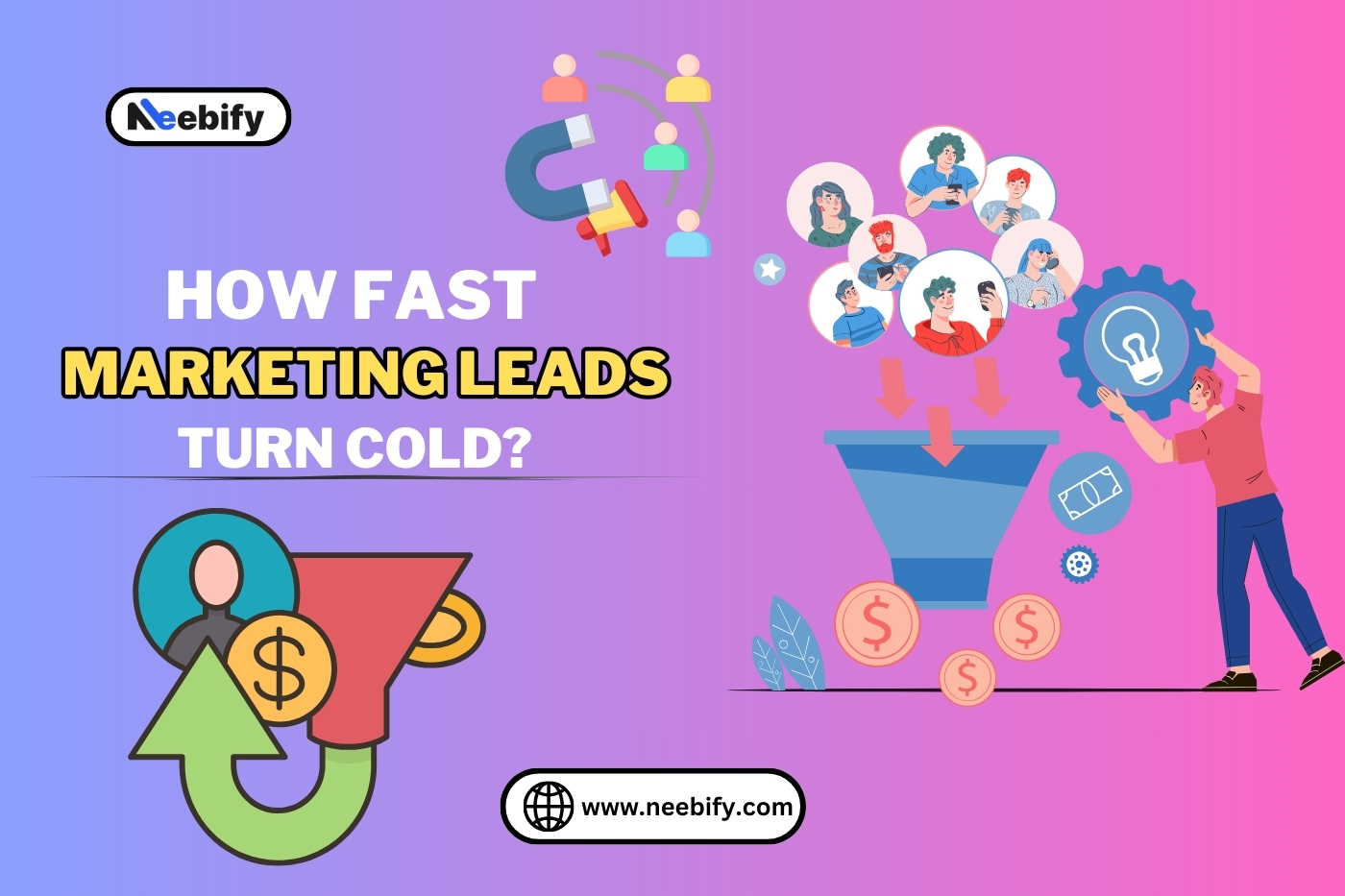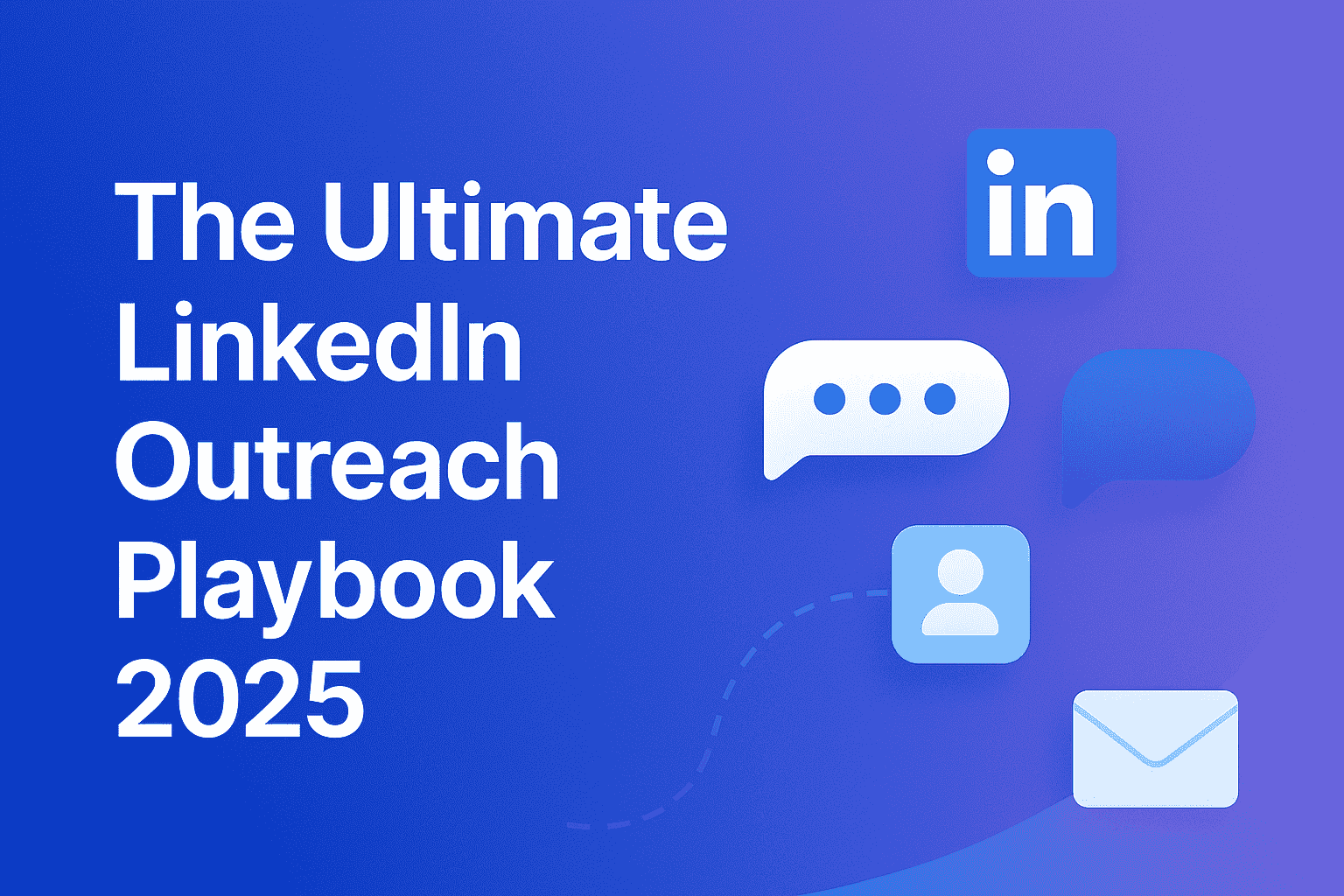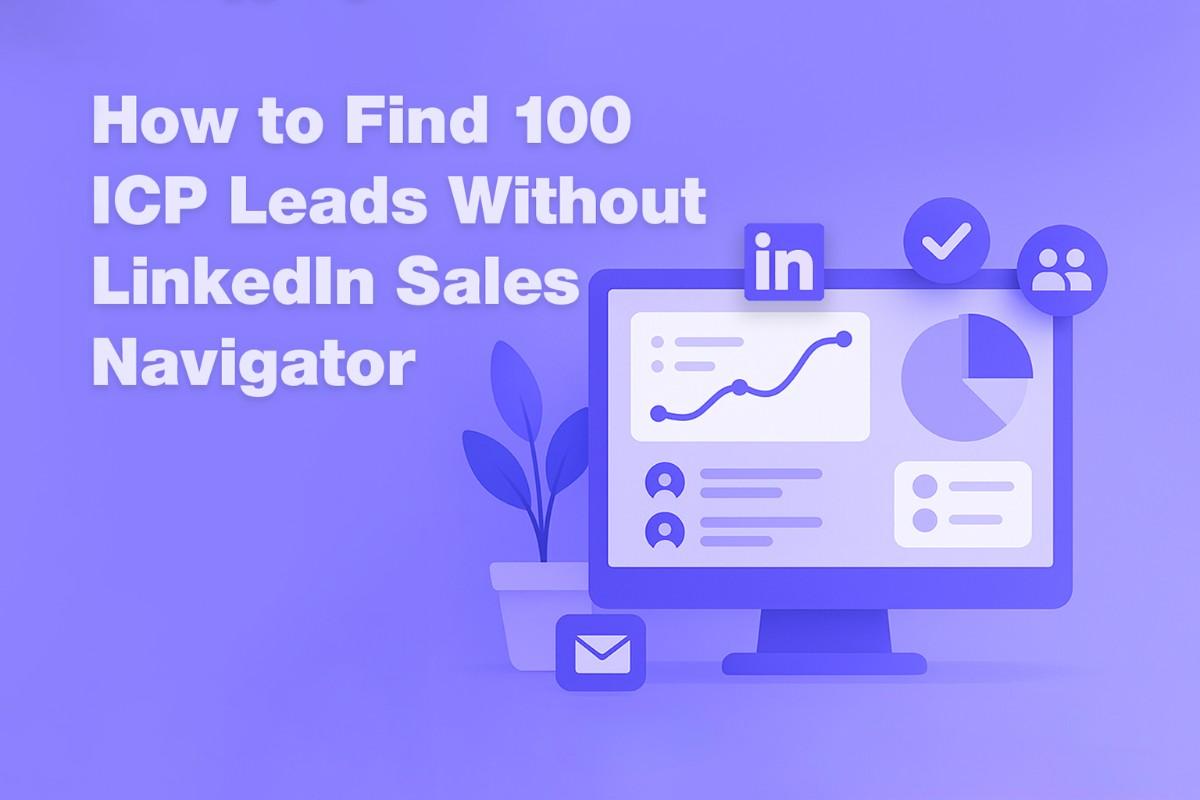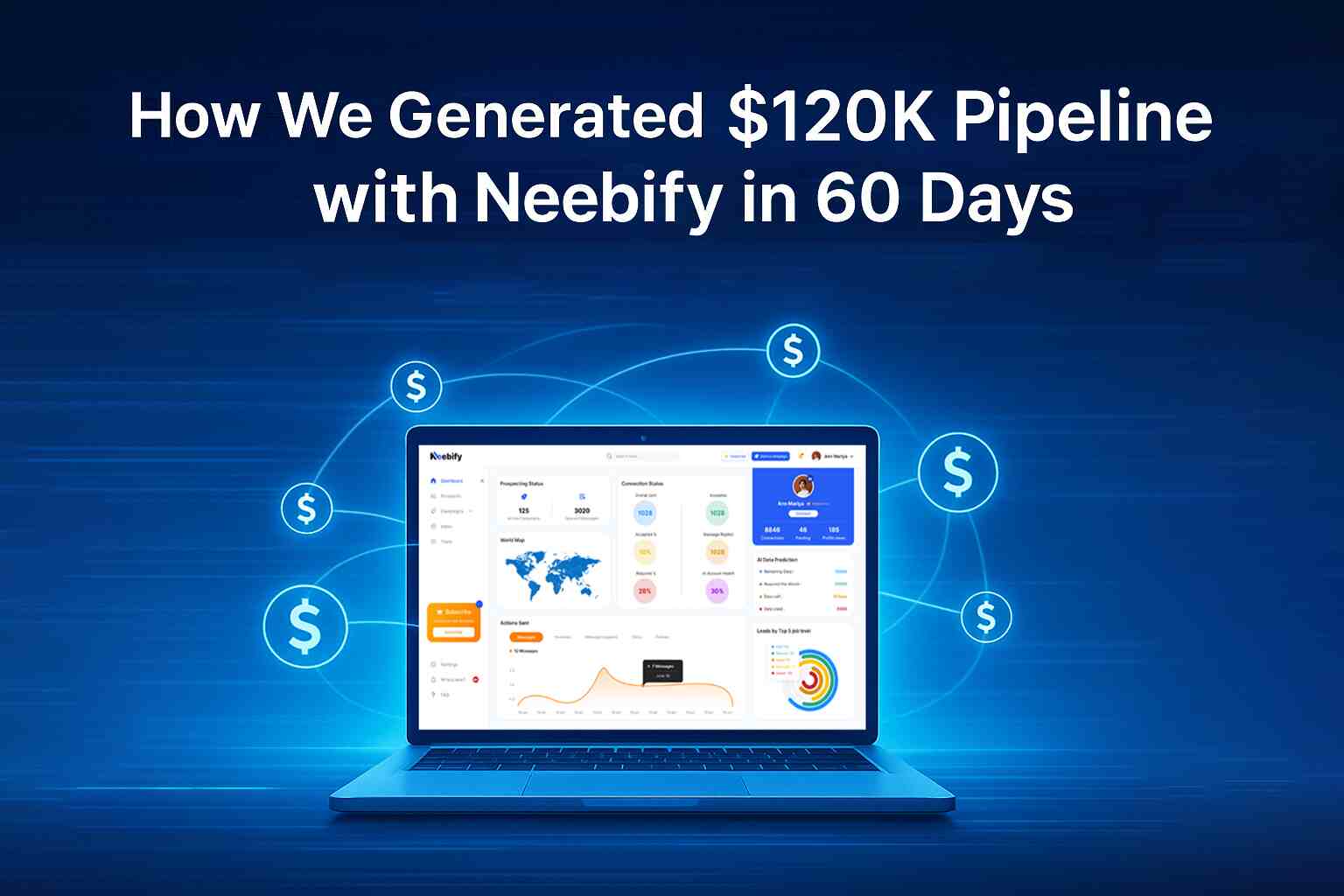Table of content
Leads, in the world of digital marketing and sales, are very important to people who are growing and generating revenue. Not all leads, however, are equal. In understanding how fast they can turn cold, what it means for your business, and how to prevent it, here's how it should work:. This article goes into depth on "cold leads", "fast responses", the "reasons leads turn cold", and actionable tips on how to keep leads warm, including how automation can be part of a lead nurturing strategy.
What is a Cold Lead in Marketing?
A "cold lead" is a contact who has shown some interest in your product or service but hasn't interacted with your brand lately. These are people that might have visited your site, downloaded an asset, or filled out a form but haven't transitioned into any further action, such as making a purchase or continuing the conversation.
Cold leads are low in intent as far as buyers are concerned. They may have been interested at the beginning but no longer engaged or considering your brand. This makes it tougher to turn them into paying customers unless follow-ups are made appropriate.
What is Fast Response in marketing?
The word quick response in the language of sales and marketing would simply mean how fast one business or sales team contacts a lead after the latter shows interest. Prompt response to inquiries is a critical issue in converting leads, especially in an environment where competition is stiff and consumer's attention span is but a millisecond.
It has been proven through research that replies that happen within the first "5 minutes" of a lead's inquiry create conversion rates of more than "100 times" compared to responses made after 30 minutes or more. Fast responses, therefore, create a sense of urgency; thus, these keep the lead continuously engaged and increase chances of closing a sale.
Why Do Leads Turn Cold So Fast?
Lead going cold is the reason why it is always important to maintain a healthy pipeline and why opportunities are missed. Here follows some of the most common reasons leads turn cold fast:
1. It doesn't follow up on time: One of the leading causes that leads go cold is lack of timely follow-up. In case a lead shows interest in your product or service, but nothing is heard from your sales team, they would be sure to lose interest, especially when they would have been contacted by other competitors who responded faster.
2. Poor lead qualification: If the leads you target are not the proper fit for your product or service, they will get bored fast and stop engaging. Waste resources in chasing people who were never serious buyers in the first place.
3. Incoherent Communications: Even leads get cold due to inconsistency or vagueness in communications. The inconsistent messages that are not clear and aligned with the need of the lead can result in disengaging it and out of mind, away from your brand.
4. Lack of Value Proposition: A lead will presume there is somewhere else for them to get something better, if you can't communicate the unique value of your product or service. Some of the leading causes of cold leads are a failure to make clear the perceived value of what you're selling.
5. Lack of Personalization: Leads that do not perceive your communications as tailored to their current needs or pain points become depersonalized from your brand. The fastest way to lose interest in a lead is through generic, non-personalized outreach.
6. Market Saturation: Thanks to the very competitive landscape now, customers are bombarded with marketing messages. Unless your content offers something more relevant or solves the plight of your prospects, they will lose interest in a pretty short period.
How to Keep Leads Hot with Automation?
"Marketing automation" is a great way to nurture leads and keep the engagement alive. Here's how that happens through automation:
1. Automated Follow-Ups: I can compose a series of automatic follow-up emails or messages using automation software. Suppose a lead downloaded a whitepaper or signed up for a demo, an automated follow-up message may start engaging him and moving him further on the sales funnel.
2. Lead Scoring: Lead scoring gives the leads a score basis on their activity such as opens on their emails, clicks, and time spent at your website. Now with automation, you can set up systems that keep track of lead behavior and allow the sales team to only target those leads, which clearly creates the highest engagement.
3. Personalized Email Campaigns: Lead-relationship automation allows you to send different kinds of emails that are personalized according to their interests or behaviors. This means if a lead showed interest in a product, you could automatically send him e-mails featuring similar products or special discounts.
4. Lead Nurturing Campaigns: You can use automation to make lead nurturing campaigns that send leads targeted content at different times. Leads would get educational resources, case studies, or customer success stories further in the nurturing process to keep them interested.
5. Behavioral Triggers: You can create automatic triggers that are activated by lead behavior. For example, when a lead abandons his shopping cart, then an email with auto automation can be sent reminding the lead to purchase by offering him free shipping or some discount applicable for a short time period.
Tricks to Keep Your Leads Warm
However, even though automation is there, leads need to be kept warm. Some practical advice in such cases would always help hold the engagement and not let the leads go cold:
1. Slice Your Leads: Not all leads are equal. Some leads are in an earlier stage of the buyer's journey, whereas others are more evolved to the latter stages close to converting a purchase. “Slice up your leads according to demographics, interest, behavior, and stage of the sales funnel”. This will enable you to send targeted content in line with their need levels and remain interesting.
2. Value Content: Produce content you can share with your leads that will be valuable enough for them to hold onto you. It doesn't necessarily have to be a blog post, an informative video, or a downloadable resource, but it should be valuable enough for them to maintain their warmth for you.
3. Multi-channel engagement: Connect with leads on multiple channels like email and social media as well as SMS, etc. The more the lead is touched, the higher is the possibility that it will remember and hold on to the brand.
4. Create Urgency: Sometimes, you have to create a sense of urgency to your messages. Special offers, limited time discounts and deadlines for webinars or events would keep your leads from getting cold.
5. Maintenance of Regular Contact: This is how the leads are kept warm. Most probably if the lead is not yet ready to buy, check-ins, follow-ups, and valuable content, might keep your brand top of mind at all times.
6. Use Social Proof: Testimonials, reviews, and case studies can indeed feed leads as they show how successful other customers were with your product or service. This is what social proof builds: trust and assurance that your solution is worth considering.
7. Make it Personal: Tying a lead's name into the subject line of an email does not make an outreach personal; however, crafting your message with the lead's pain points and specific need will. If people know and care about their needs, they are highly likely to continue engaging.
The Difference Between Cold, Warm, and Hot Sales Leads
You have cold, warm, and hot leads- all imperative to the effective art of marketing and sales. So, here's a breakdown of these three types of leads:
1. Cold Leads: These leads have shown an initial interest in your product and haven't engaged recently. They do not know the depth of your product's value, and there is little urgency in converting them. More nurturing and time are required for the leads to move through the funnel.
2. Warm leads: Such leads are further in the buyer's journey. They might have interacted with your brand a few times; they might have downloaded several resources, and they could have even interacted with your sales team. They are interested but not ready to make that purchase. Warm leads require a more customized approach to move them to the next level.
3. Hot Leads: These are the leads who are ready to buy. They have expressed significant interest, are actively engaging with your sales team, and are ready to make a purchasing decision. Therefore, hot leads require immediate action and individualized attention closing in the deal.
Conclusion
Leads are quite essential for generating drives in the sales revenue, but not all leads are important at each stage of the buying journey. It is, therefore, very important to understand differences between cold, warm, and hot leads as well as why some leads turn out cold. A good marketing and sales strategy requires an effective fast response, follow-up, automation, and consistent personalized communications to keep leads engaged and nurturing the relationship moving through the sales funnel. All these activities will ensure that your leads remain warm, thus increasing the chances of conversion.
Get your next meeting in a
matter of minutes.
Free Trial
Latest
The Ultimate LinkedIn Outreach Playbook 2025
A practical, modern guide to mastering LinkedIn outreach in 2025 — learn how to boost reply rates, p
12/1/2025How to Find 100 ICP Leads Without LinkedIn Sales Navigator
Generating 100 targeted ICP leads doesn’t require LinkedIn Sales Navigator. Learn how to leverage fr
11/28/2025


